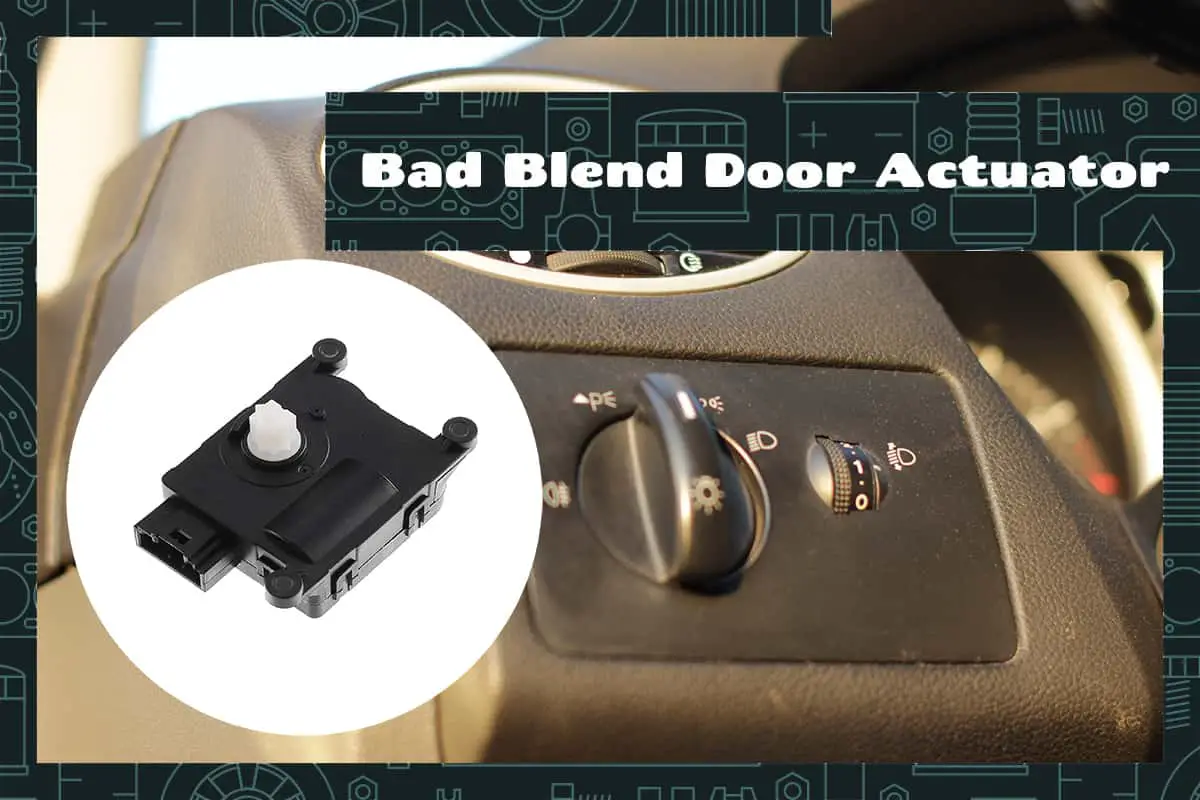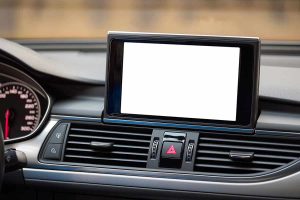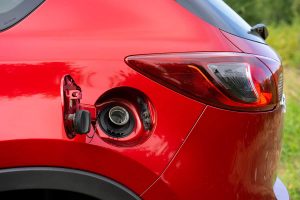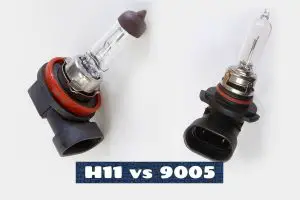The Blend Door Actuator is a device in your car that plays a key role in maintaining a comfortable environment within your car, ensuring you’re neither too hot nor too cold. When it functions correctly, you hardly even know it exists. But, when it fails, it’s an entirely different story.
Symptoms of a malfunctioning blend door actuator include irregular cabin temperatures, strange noises from the dashboard, or reduced airflow. The cost of replacement can range from approximately $110 to $600, depending on your vehicle’s make and model and labor costs.
This article will delve into the significance of the Blend Door Actuator, how to identify its failure, and what to do when it malfunctions. We will also explore the costs of replacement.
What Is a Blend Door Actuator
The Blend Door Actuator controls a door, aptly named the blend door, within the HVAC system. The blend door is responsible for diverting air over the heater core or the evaporator core, thus controlling the temperature of the air that eventually enters the cabin.
When you adjust the temperature on your car’s climate control panel, it sends a signal to the blend door actuator to rotate the blend door. For example, if you want warmer air, the actuator rotates the blend door to direct more air over the heater core.
How It Works
The Blend Door Actuator is a network of gears, small plastic arms, and an electric motor. When you adjust your vehicle’s temperature settings, the climate control computer sends an electrical impulse to the actuator. This impulse triggers the motor, which rotates the gears. As the gears turn, they move the arms that control the blend door’s position. The door’s position determines whether air flows over the heater core (for warm air) or the evaporator core (for cool air).
The position of the blend door also adjusts to accommodate for ‘dual-zone’ climate systems, a common feature in modern vehicles that allows different temperature settings for the driver and passenger sides. In these systems, there may be multiple blend door actuators working independently.
What Makes a Blend Door Actuator Go Bad?
Most commonly, these issues stem from wear and tear on the electric motor or the small plastic components within the actuator. Continuous use can cause the motor to burn out, or the plastic gears might break or wear down, causing the actuator to function less effectively or stop functioning altogether.
Other common causes of blend door actuator failure can be linked to electrical issues. For example, wiring problems, blown fuses, or issues with the climate control computer can disrupt the electrical signals sent to the actuator, preventing it from working correctly.
Another common cause of failure is buildup or blockage in the HVAC system, such as debris stuck in the air ducts, which can prevent the blend door from moving freely. In such cases, even if the blend door actuator is working correctly, it cannot effectively control the blend door’s position.
Common Symptoms of a Bad Blend Door Actuator
When your vehicle’s Blend Door Actuator starts to fail, it gives off certain symptoms. These warning signs, when accurately identified, can help you understand the problem and take appropriate steps before the situation worsens.
1. Uncontrollable Cabin Temperature
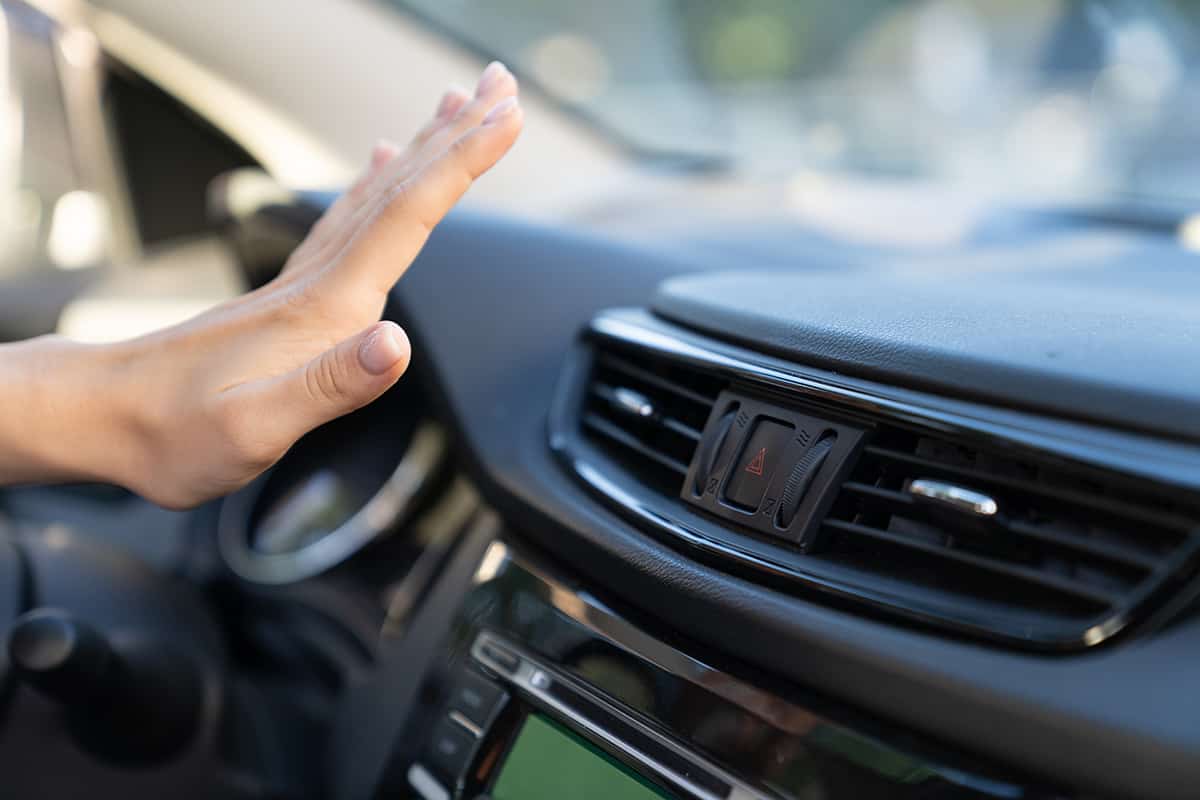
The most common symptom of a failing Blend Door Actuator is experiencing a cabin temperature that doesn’t align with your climate control settings. If the actuator is malfunctioning, it may not correctly position the blend door, leading to incorrect temperature regulation.
For instance, if you turn up the heat on a cold day and the air coming from the vents remains cold, or if the cool air on a hot day is unusually warm, it could indicate a blend door actuator issue. Similarly, you might notice that the temperature fluctuates without you making any changes to the settings or that the heat or cold is extreme and unchangeable.
2. Strange Noises from the Dashboard
Another symptom to watch out for is unusual sounds coming from the dashboard, especially when adjusting the temperature settings. Blend door actuators comprise small plastic gears. When these gears wear down or break, the actuator might produce a clicking, ticking, or knocking sound. The frequency of these sounds often increases when you try to change the cabin temperature.
3. Reduced Airflow from the Vents
If the actuator fails, it can leave the blend door in a position that blocks the airflow from the heater or air conditioner cores to the vents. You might notice less air coming out of the vents or, in extreme cases, no airflow at all, regardless of how high you set the fan speed. This symptom often occurs along with issues in temperature control.
4. Unpleasant Odors from the Vents

While not as common, an unpleasant smell emanating from your vehicle’s vents could also be a symptom of a faulty blend door actuator. If the blend door gets stuck in a position that restricts airflow from the evaporator core, there may be a buildup of condensation. This moist environment can foster the growth of bacteria or mildew, leading to a musty odor.
The Expense of Replacing a Bad Blend Door Actuator
Replacing a bad blend door actuator is a necessary expense to ensure the optimal functioning of your vehicle’s HVAC system. However, many factors can influence the overall cost of this repair. In this section, we will discuss the costs associated with a blend door actuator replacement and the variables that might affect it.
Cost of the Blend Door Actuator Itself
The cost of a blend door actuator can vary greatly based on your vehicle’s make and model. On average, the price for a new blend door actuator can range from $30 to $90. However, it can exceed this range for certain luxury or high-end models.
While opting for a cheaper, off-brand part might seem appealing, it could lead to more frequent failures and replacements in the long run. Therefore, it’s often advisable to invest in a high-quality part.
Labor Costs
Accessing the blend door actuator can be labor-intensive as it often involves disassembling a large portion of the dashboard. Depending on the vehicle’s make and model, it could take anywhere between 1 to 5 hours to complete the replacement. At an average mechanic labor rate of $80 to $100 per hour, the labor cost could range from $80 to $500 or more.
Additional Expenses
In some cases, there might be additional expenses to consider. For instance, if the blend door itself is damaged, it would also need replacement, adding to the overall cost. If your vehicle needs a full HVAC system diagnosis to identify the issue accurately, this could add an additional cost.
FAQs
1. How long does a blend door actuator typically last?
The lifespan of a blend door actuator can vary based on several factors, including the make and model of the vehicle, the quality of the actuator, and the environmental conditions the car is exposed to.
However, generally, a blend door actuator should last for the majority of your vehicle’s life. Some might even outlive the car itself. On average, it could be anywhere from 50,000 to 150,000 miles. Regular vehicle maintenance and proper care of the HVAC system can help extend its lifespan. If the actuator is replaced, the new part should typically last as long as the original.
2. Can a bad blend door actuator drain my car battery?
While a faulty blend door actuator can cause many issues, draining your car battery is not typically one of them. The actuator is a small electric motor, and its power draw is minimal. Even if the actuator is malfunctioning, it should not significantly impact the battery life. However, if the blend door actuator is stuck in a position where it constantly tries to move the blend door, it could, in theory, draw a small amount of power.
This scenario is highly unlikely and would not generally lead to a noticeably drained battery. If you notice that your car battery is consistently losing power, it would be wise to have your vehicle inspected for other potential issues that might be causing the drain.
3. Can a faulty blend door actuator cause damage to other parts of the vehicle?
A faulty blend door actuator itself is unlikely to cause direct damage to other parts of the vehicle. It primarily impacts the comfort level inside the cabin by affecting the HVAC system’s performance.
However, if the actuator causes the blend door to become stuck in a certain position, it could potentially lead to issues with the HVAC system over time. For example, if the blend door is stuck in the position that only pulls air from outside, it might increase the wear on the HVAC system in extreme weather conditions.
Additionally, if the blend door is stuck and blocking the airflow from the heater core or evaporator, it could potentially cause these components to overheat or freeze, leading to more significant issues.
